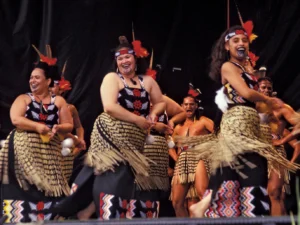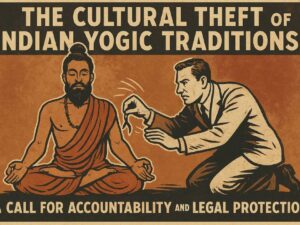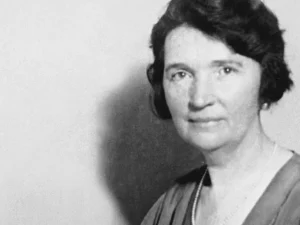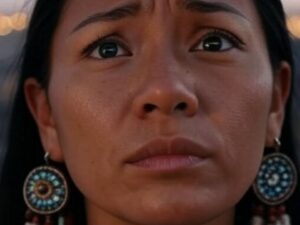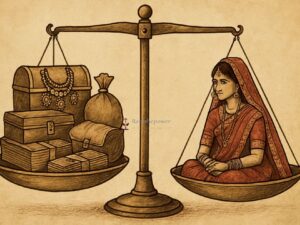The Mayan culture, one of the most captivating and sophisticated civilizations of ancient times, has fascinated archaeologists, historians, and enthusiasts alike. Nestled in the dense jungles of Central America, the Mayans flourished from 2000 BCE to 1500 CE, leaving behind a legacy rich in art, science, religion, and architecture. Embark on this enthralling journey with us as we explore the various facets of the enigmatic Mayan culture.
I. The Mighty Mayan Civilization: Unraveling the Past
The rise of the Mayan civilization is shrouded in mystery, with little-known about their exact origins. However, it is believed that they originated in the Yucatan Peninsula and later established vast city-states across present-day Mexico, Guatemala, Honduras, Belize, and El Salvador.
A. Remarkable Achievements in Astronomy and Mathematics
The Mayans were keen astronomers, meticulously observing celestial bodies and creating complex calendars that astound us to this day. Their calendrical system demonstrated advanced knowledge of astronomy, mathematics, and geometry, which they used for religious rituals and agricultural planning.
B. The Resplendent Architecture of Mayan Cities
The Mayans were master architects, constructing awe-inspiring structures such as pyramids, temples, palaces, and ball courts. The temples served as religious centers, and the grandeur of their architecture is a testament to the spiritual significance they held in the Mayan culture.
C. The Written Language of the Mayans: Glyphs and Codices
The Mayans developed a sophisticated system of writing using glyphs. They created elaborate codices, which were books made of bark paper or deerskin, containing valuable information about their history, rituals, and astronomical knowledge. Unfortunately, many of these codices were destroyed during the Spanish conquest, leaving only four known surviving copies.
II. Religion and Beliefs: Mysticism and Worship
Mayan religion played an integral role in their lives, permeating every aspect of their culture. Their belief system revolved around a complex pantheon of gods and goddesses, each associated with natural elements and celestial bodies.
A. Rituals and Sacrifices: Seeking Divine Favor
Rituals and sacrifices were central to the Mayan religious practices. They believed that offerings, including bloodletting and human sacrifices, were necessary to appease the gods and ensure prosperity for their communities. These practices were performed during ceremonies held at temples and pyramids.
B. The Popol Vuh: The Mayan Creation Myth
The Popol Vuh, an ancient sacred book, recounts the creation of the world and the origins of humanity according to Mayan mythology. This captivating narrative provides valuable insights into the Mayan worldview and their understanding of the universe.
III. The Sophisticated Mayan Society: Social Structure and Economy
The Mayan society was organized into a hierarchical structure, with rulers, priests, and elites at the top, followed by merchants, artisans, and farmers. This structured society allowed for efficient governance and specialization in various fields.
A. Mayan City-States: A Network of Power and Trade
The Mayans established numerous city-states, each with its own ruling elite and distinct culture. These city-states engaged in extensive trade, exchanging goods such as jade, obsidian, cacao, and textiles across vast regions, fostering a vibrant economic system.
B. The Importance of Agriculture: Sustaining a Flourishing Civilization
Agriculture formed the backbone of the Mayan civilization, with maize being the primary crop. Their advanced farming techniques, such as terracing and irrigation, allowed for a surplus of food, supporting a population that thrived in urban centers.
IV. Art and Culture: A Marvelous Expression of Creativity
Mayan art is a testament to the depth of their culture and creativity. From intricate pottery to breathtaking sculptures and exquisite murals, their artistic expressions offer a window into their beliefs, rituals, and everyday life.
A. Symbolism and Glyphs: Art as a Form of Communication
Mayan art often featured intricate glyphs and symbols that conveyed messages and narratives. Each glyph carried significant meaning and was a key element in their writing system.
B. Vibrant Ceramics and Textiles: A Burst of Colors
Mayan ceramics and textiles were adorned with vibrant colors and intricate patterns, reflecting the sophistication and creativity of their artisans. These exquisite pieces serve as a testament to their craftsmanship and attention to detail.
V. The Mysterious Decline of the Mayan Civilization
The downfall of the Mayan civilization remains a subject of debate among historians and researchers. Various theories suggest factors such as environmental degradation, warfare, and political instability may have contributed to their decline.
Conclusion: The Timeless Legacy of the Mayan Culture
The enigmatic Mayan culture continues to captivate and inspire us centuries after its decline. Their remarkable achievements in astronomy, mathematics, architecture, religion, and art showcase a civilization that was truly ahead of its time.
As we journey through the remnants of this ancient civilization, we are reminded of the importance of preserving and understanding the diverse cultures that have shaped human history. The legacy of the Mayans serves as a testament to the resilience, creativity, and ingenuity of humanity, leaving an indelible mark on the tapestry of our shared human story.






